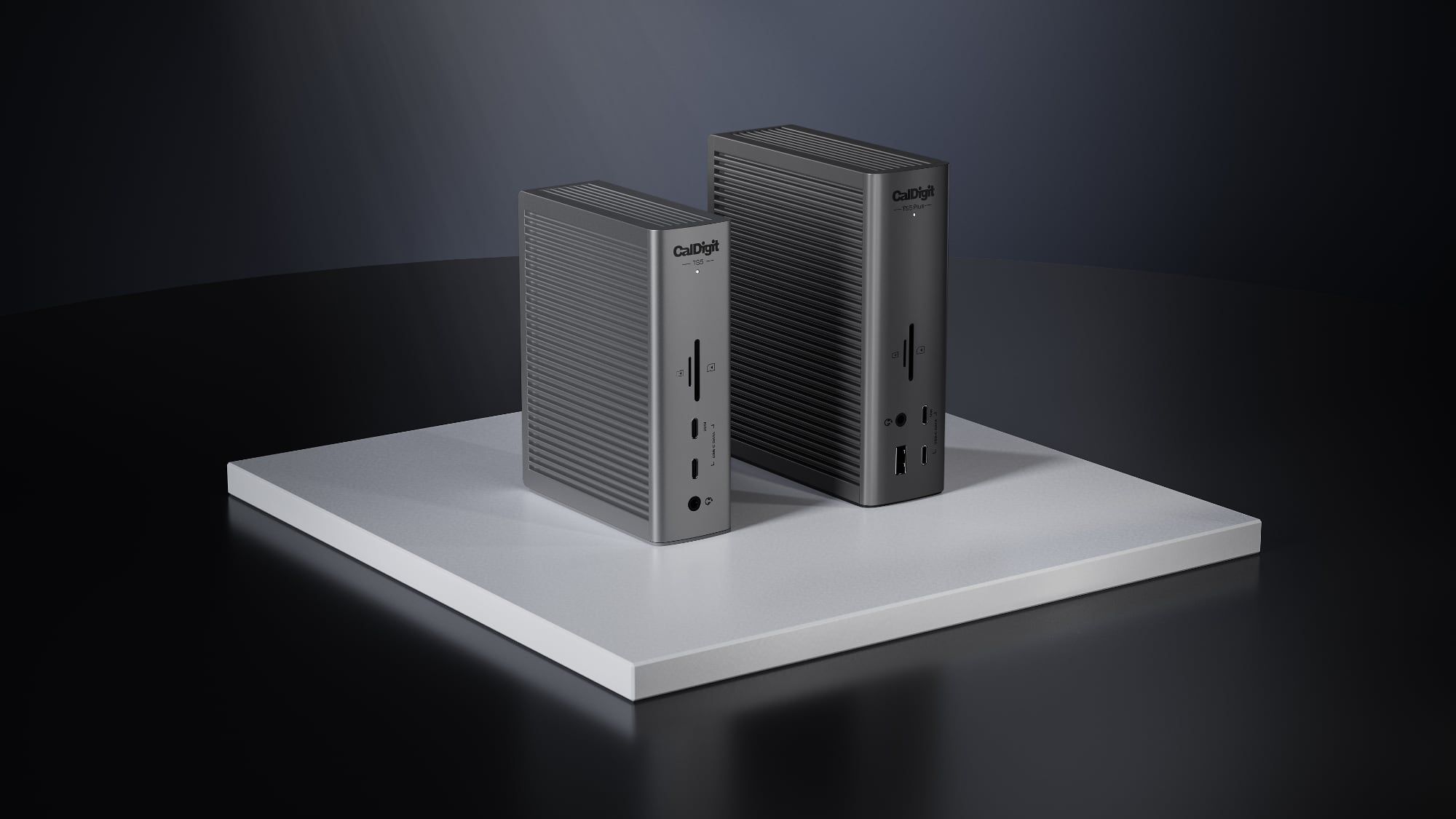The Instax Mini 41 has an all-plastic construction, styled to look like a vintage film camera. Its steel-gray-and-black finish, old-school knurling around the lens, and stylized typefaces make for an aesthetically pleasing look, which matters to some people. It’s not too much to carry either: The body measures 4.8 by 4.0 by 2.4 inches (HWD) and weighs 15.1 ounces with batteries and film.
(Credit: Jim Fisher)
The camera is decently rounded, though not as curvy as the Mini 12. It’s pretty comfortable to hold, too, with a rough, diamond-knurled finish on much of the body that keeps it from slipping out of your hand. An included wrist strap attaches to either of two lugs, located on the left and right sides. Because there are two connection points, you have the option to add a crossbody strap if you prefer. Just be aware the connection points are too narrow to work with Peak Design’s popular anchor and strap carry system.
Similar Products
View The Best Instant Cameras for 2025
The Mini 41 works with Instax Mini film, which comes in either color or black-and-white and is often available in limited-run packs with playful border designs. The instant film has a wallet-sized image area (1.8 by 2.4 inches). It’s the smallest of Fuji’s three instant film formats, so consider an Instax Square SQ1 ($119.95) if you prefer a bigger 2.4-by-2.4-inch frame or the Instax Wide 400 ($149.95) for 3.6-by-1.8-inch prints. Mini film sells for around $7.50 per pack of 10 shots in color and $8 for monochrome.

(Credit: Jim Fisher)
Fuji makes both instant cameras in analog and digital styles, and the Mini 41 falls into the former camp. Its optical plastic 60mm f/12.7 lens projects light directly onto photochemical film, which starts to develop as it ejects from the camera. The lens has a moderately wide angle of view (about the same as a 35mm full-frame prime) and two manual focus zones, one for close-up with an 11.8-inch (0.3m) focal distance and a second for subjects further away from the camera.
The Mini 41’s purely analog approach to capture means that you’re spending some money, around $0.75, each time you press the shutter. If you’re not willing to commit fully to film, consider the Instax Mini Evo ($199.95), a digital compact with a built-in printer that spits out pictures on Mini film. With the Evo, you can print only the photos you want, as opposed to using film for every exposure with the Mini 41. The Evo uses the same type of film for prints but is fundamentally a different experience in use and doesn’t have the same purely analog character as the Mini 41. Ultimately, choosing between analog and digital instant photography is a matter of personal preference.

(Credit: Jim Fisher)
The camera is powered by a pair of AA batteries (included) that load in the side. A sliding plastic door covers the compartment, and film loads in the rear. The Mini 41 includes a reminder window on the rear that shows how many images are left in the film cartridge. Each Mini cartridge holds ten pictures.
Like the Mini 12, the Mini 41 does not include a tripod attachment thread. The Mini 41’s wide, flat bottom allows it to sit upright on a table or another flat surface, but if you want an instant camera that you can use with a tripod, you’ll want to upgrade to Fuji’s premium Mini 99 or an interchangeable lens camera like the Nons SL645 ($539). We’ve not yet reviewed the SL645, which also uses Mini film, but previously tested the Instax Square edition, the Nons SL660 ($599).

(Credit: Jim Fisher)








